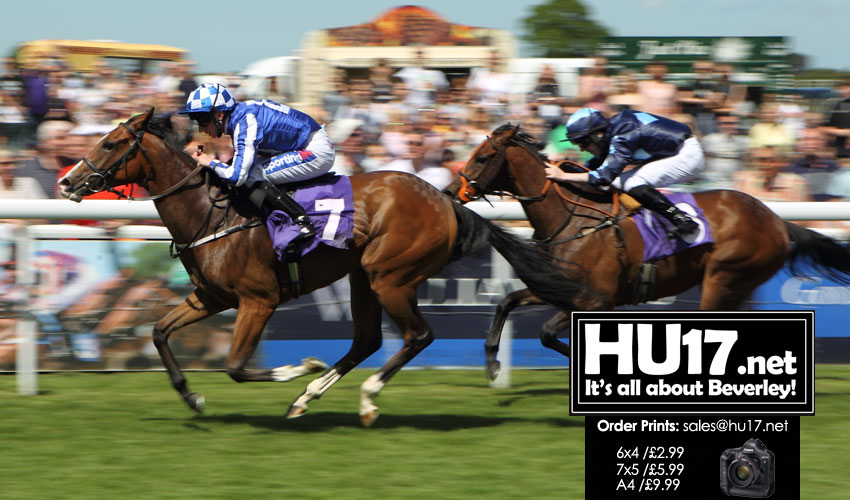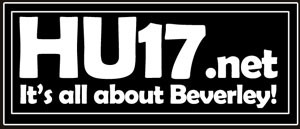
The Preakness Stakes, a centerpiece of horse racing excellence, draws enthusiasts and bettors who seek the thrill of this historic event. Adopting smart betting strategies is crucial to succeed in wagering on this prestigious event. However, even seasoned bettors can fall prey to common mistakes.
Let’s shed light on these errors so we can avoid them and improve your chances of success at the Preakness Stakes.
1. Neglecting the Race History and Statistics
Many bettors make the critical mistake of undermining the history and statistics of the Preakness Stakes. The outcomes of previous races, performance trends over the years, and how horses have responded to various track conditions can provide invaluable insights. To leverage this historical data effectively, examine the performance records of horses, jockeys, and trainers in past Preakness Stakes while also considering the Preakness current 2024 odds for a comprehensive view.
Look for patterns in winning margins, post-position statistics, and the impact of weather on race results. Analyzing these elements, alongside the latest odds, can guide your betting choices, offering a strategic edge by grounding your decisions in concrete data rather than mere speculation.
2. Ignoring the Weather Conditions
Ignoring weather conditions can drastically affect the outcomes of races, including the Preakness Stakes. Wet tracks can favor certain horses known for their agility in muddy conditions, while sunny days can benefit those with stamina for dry tracks.
Before placing bets, review the weather forecast and adjust your strategy accordingly. Consider historical performances under similar conditions to predict potential winners more accurately. This approach ensures that your betting decisions are not only informed by statistics and trends but also by the environmental factors at play on race day.
3. Overlooking the Importance of Jockey and Trainer Combinations
Overlooking the synergy between jockey and trainer can be a costly mistake. This partnership’s experience and understanding significantly influence a horse’s performance. A seasoned jockey paired with a skilled trainer can make all the difference, turning an underdog into a champion.
When evaluating your betting options, research the histories of successful jockey-trainer combinations at the Preakness Stakes. Look for teams that have consistently demonstrated strong communication, strategy, and results, as these elements are crucial for overcoming the challenges of this prestigious race.
4. Betting on Names or Numbers Rather Than Form and Condition
Falling into the trap of sentimental betting, such as choosing horses based on favorite names or numbers, can lead to disappointment. While picking based on personal preferences or superstitions is tempting, the key to successful betting lies in analyzing a horse’s current form and physical condition.
Horses in peak condition and showing strong recent performances are often better bets than those selected for sentimental reasons. It’s crucial to base decisions on objective criteria like recent race results and training performance rather than relying on subjective preferences.
5. Failing to Understand the Different Types of Bets
From simple Win, Place, Show bets to more complex Exotics like Exactas and Trifectas, each offers unique risks and rewards. Win bets might seem straightforward but come with higher risks, while Place and Show bets offer more security but potentially smaller returns.
On the other hand, Exotics, though tempting with their large payouts, requires a deep understanding of the field and a strategic approach. Educating yourself on these betting options allows you to make smarter, more informed wagering decisions at events like the Preakness Stakes.
6. Putting All Your Money on One Bet
Putting all your money on a single bet is akin to putting all your eggs in one basket. It significantly increases the risk of losing everything on a single outcome. Meanwhile, diversifying your bets across different races, horses, and types of wagers can spread the risk and increase the chances of securing some return on your investment.
Consider allocating your budget to cover a mix of high-risk, high-reward bets and lower-risk bets. This approach ensures a balanced betting strategy, reducing the chance of a total loss while maintaining opportunities for significant wins.
7. Getting Caught Up in the Hype
Getting caught up in the hype surrounding certain horses can cloud judgment and lead to misguided betting decisions. The bandwagon effect, propelled by media attention and public sentiment, can inflate expectations around certain contenders, often without a solid grounding in their actual performance or condition. Staying objective and conducting independent research is crucial.
Look at a horse’s race history, training updates, and physical condition rather than relying solely on popular opinion. This disciplined strategy helps you make informed decisions, steering clear of the pitfalls of herd mentality in the betting landscape.
Conclusion
While betting adds an extra layer of excitement to the Preakness Stakes, it’s important to bet responsibly and remember that the passion for horse racing truly enhances the experience. Approach betting as a way to engage more deeply with the sport, not just as a means to win money. Enjoy the race’s thrill and the horses’ remarkable athleticism, and let your love for the sport guide your betting choices.


